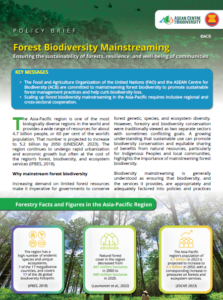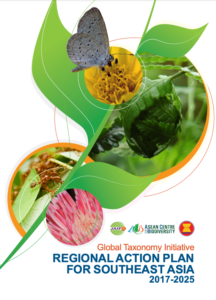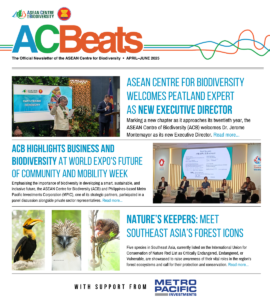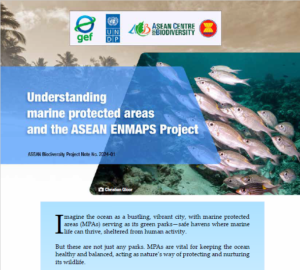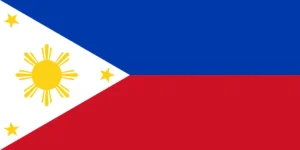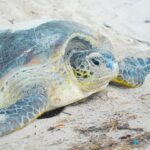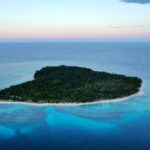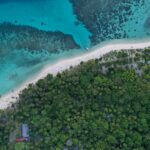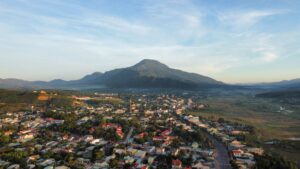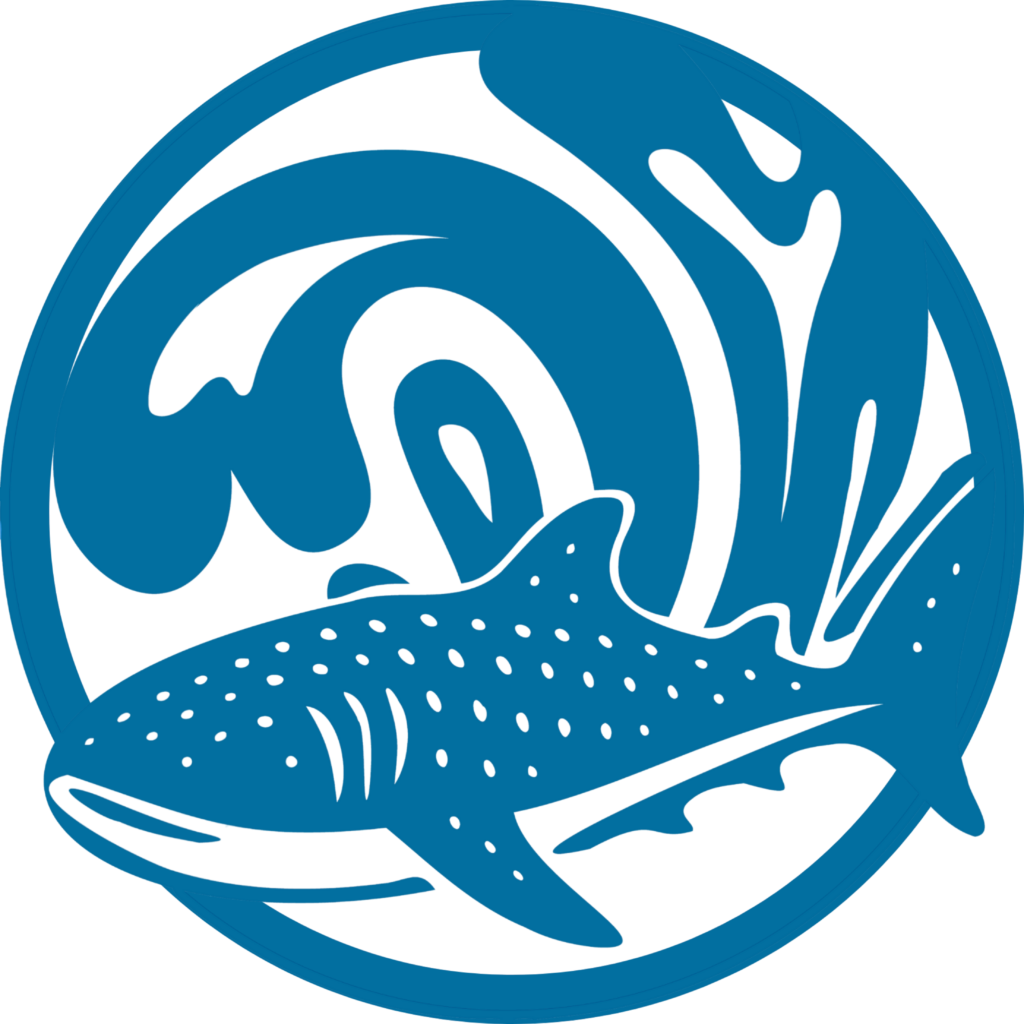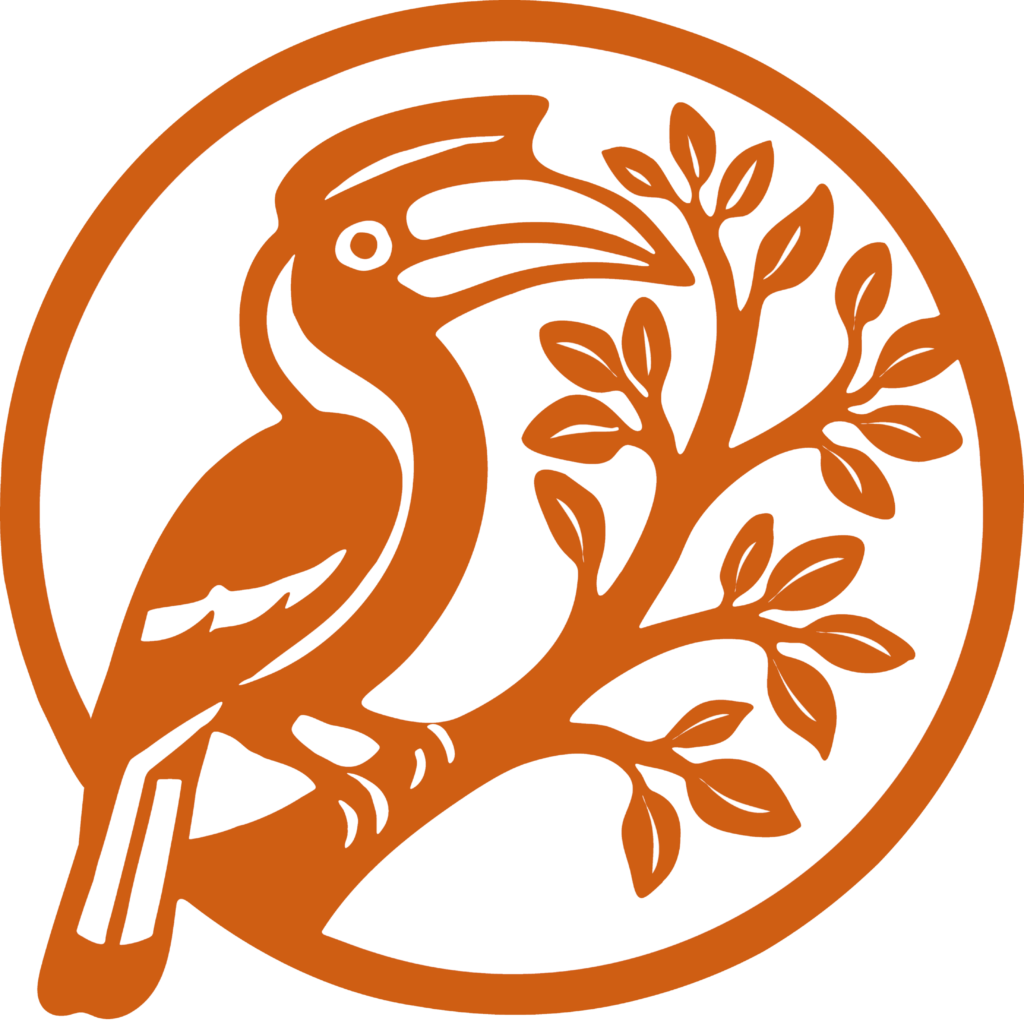The Turtle Islands Wildlife Sanctuary is part of the Sulu Archipelago, located at the southwestern tip of the Philippines, about 1,000 kilometres southwest of Manila. It is known to be the only major nesting habitat of Green Sea turtles (Chelonia mydas) in the Philippines, the only major nesting ground in the whole ASEAN region, and the 11th major nesting site in the world. In a recent survey in 2023, a total of 19,588 complete nests of green sea turtles were recorded.
Turtle Islands was identified as Extremely High (EH) for biodiversity conservation when it was proclaimed as a protected area under Republic Act (RA) 7586 on 26 August 1999 as amended by RA 11038 also known as Expanded National Integrated Protected Areas System (ENIPAS) on 24 July 2018. In addition, Turtle Islands was declared a Turtle Island Heritage Protected Area (TIHPA) through a Memorandum of Agreement (MoA) between the Republic of the Philippines and the Government of Malaysia on 31 May 1996.


